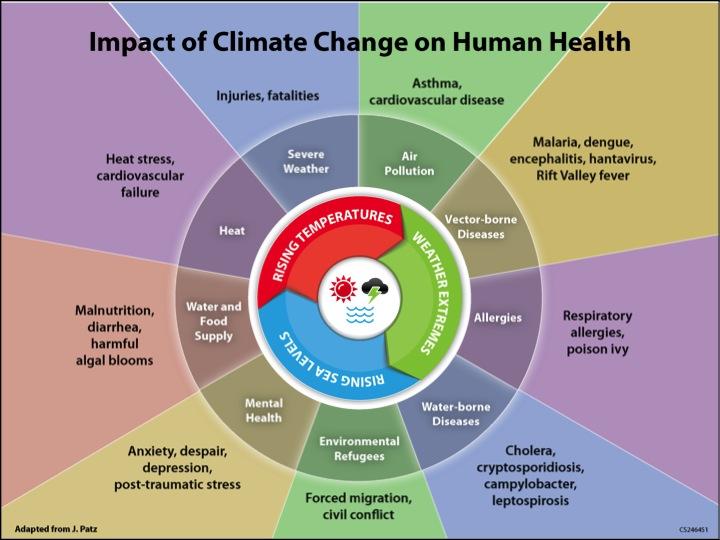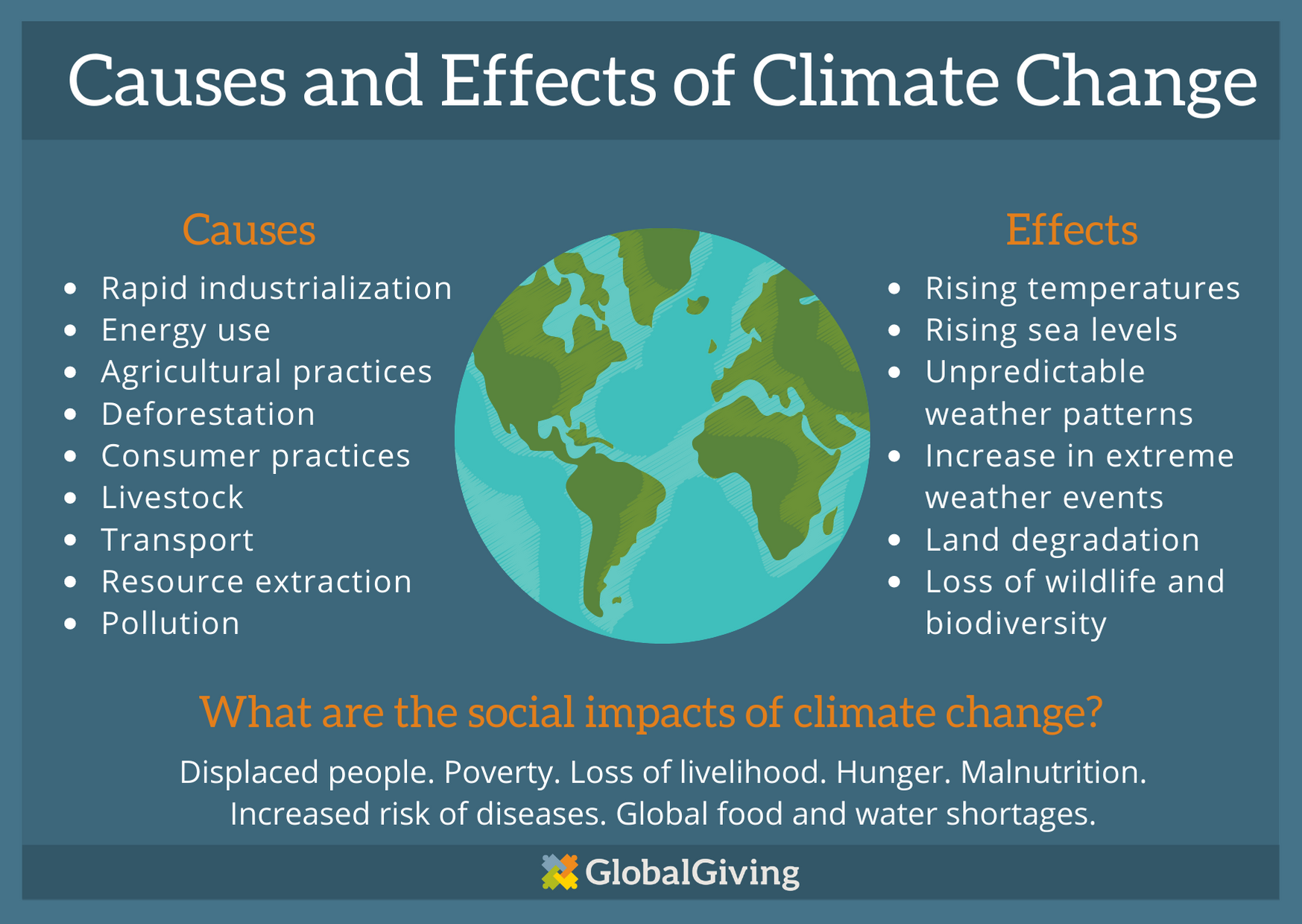Introduction
Climate change is a global crisis that touches every aspect of our lives, from the food we eat to the air we breathe. While its visible impacts often take the form of more frequent and severe natural disasters, such as hurricanes, wildfires, and droughts, there is a less visible but equally alarming consequence of climate change: its role in the spread of diseases. This blog post aims to shed light on the intricate and often surprising connection between climate change and disease, revealing how changes in our environment can lead to the emergence and resurgence of various illnesses.
- The Warmer World and Disease Vectors
One of the most direct ways climate change influences disease is by altering the distribution and behavior of disease vectors, such as mosquitoes and ticks. As temperatures rise, these vectors expand their ranges, bringing diseases like malaria, dengue fever, and Lyme disease to regions where they were once rare. Warmer winters also allow these vectors to survive and reproduce, leading to more frequent outbreaks. The consequences for public health are severe, particularly in areas ill-equipped to handle these emerging diseases.
- Changing Patterns of Waterborne Diseases
Rising temperatures are not the only concern. Climate change also affects the water cycle, leading to changes in precipitation patterns and the availability of freshwater resources. This, in turn, has a significant impact on waterborne diseases like cholera and dysentery. Increased rainfall and flooding can contaminate water supplies, leading to outbreaks, while prolonged droughts can lead to water scarcity, making it difficult for communities to maintain proper sanitation.
- Crop Failure and Foodborne Illnesses
A warming climate can disrupt agriculture in various ways, from altering the growing seasons to making crops more susceptible to pests and diseases. As a result, food production becomes less predictable, leading to crop failures and food shortages. This not only affects food security but can also contribute to the spread of foodborne illnesses. Contaminated and spoiled food becomes more common, causing outbreaks of diseases like salmonella and E. coli.
- Air Quality and Respiratory Diseases
Climate change also worsens air quality, which has profound implications for respiratory health. Higher temperatures can increase the concentration of ground-level ozone, a major component of smog, and worsen pollen levels, exacerbating conditions like asthma and allergies. Additionally, the increased frequency and intensity of wildfires, driven by prolonged droughts, release harmful particulate matter and toxins into the air, further compromising respiratory health.
- Displacement and Mental Health
As climate change accelerates, so does the occurrence of extreme weather events, forcing communities to evacuate their homes and become climate refugees. Displacement often leads to overcrowded refugee camps and inadequate living conditions, increasing the risk of disease transmission. Moreover, the trauma associated with losing one’s home and livelihood can have long-lasting mental health effects, further burdening healthcare systems.
- Emerging Diseases and Zoonotic Spillover
Beyond these more direct impacts, climate change also contributes to the emergence of new diseases. As habitats shift and ecosystems are disrupted, there is a higher risk of zoonotic diseases, which originate in animals, spilling over to humans. This has been exemplified by the emergence of diseases like COVID-19, which likely has origins in wildlife, and is a stark reminder of the complex interplay between climate change, environmental degradation, and infectious diseases.
Mitigating the Health Impacts of Climate Change
Addressing the connection between climate change and disease requires a multi-faceted approach. This includes efforts to mitigate climate change through reduced greenhouse gas emissions, adaptation strategies to protect vulnerable communities, and strengthening healthcare systems to respond to emerging health threats. International cooperation and research are also essential to monitor and understand the evolving relationship between climate change and disease.
Conclusion
The connection between climate change and disease is a clear and present danger that affects communities across the globe. It underscores the urgent need to address climate change as a public health crisis. As we work to reduce our carbon footprint and adapt to a changing world, we must also recognize that our health is intricately linked to the health of our planet. Only by addressing the root causes of climate change can we hope to protect ourselves and future generations from the devastating consequences of climate-driven diseases. It’s time for action, for the sake of both our planet and our well-being.





